In the fast-moving world of startups, it’s tempting to skip straight to coding. You’ve got an exciting idea, you can see the product in your mind, and you want to get to market as quickly as possible. But here’s the hard truth: skipping the groundwork is like building a house without a blueprint — it might stand for a while, but cracks will appear sooner than you think.
Before the first line of code is written, a well-crafted document stack can be the difference between a startup that thrives and one that collapses under costly mistakes.
At MP Nerds, we call this the “Idea-to-MVP Foundation”, and it includes four critical components every founder should have in place:
1. Business Plan – The Story & Strategy
A business plan is more than just a document for investors — it’s your north star. It lays out the market you’re targeting, the problem you’re solving, your competitive advantage, and your revenue model.
A strong business plan:
- Clarifies your unique value proposition
- Outlines market demand and competitor positioning
- Defines a clear path to monetization
📖 Further Reading: Entrepreneur – The Importance of Documentation in Startups
2. Technical Scope – The Build Blueprint
While your business plan answers “why” and “for whom,” the technical scope answers “what” and “how.” This document turns vision into detailed system requirements — outlining features, integrations, architecture, and technology stacks.
Without it, you risk endless scope creep, ballooning costs, and frustrated developers. With it, you ensure:
- A shared understanding between stakeholders and dev teams
- Realistic timelines and resource estimates
- Prevention of costly reworks later on
📖 Further Reading: Atlassian – Project Documentation Guide
3. Risk Matrix – The Red Flag Detector
Startups face countless uncertainties: market shifts, technical limitations, regulatory compliance, and operational bottlenecks. A risk matrix identifies these hazards early, ranks their severity, and outlines mitigation strategies.
Benefits of having a risk matrix in place:
- Proactive problem-solving instead of reactive firefighting
- Prioritization of risks by impact and likelihood
- Better confidence from investors and partners
4. User Journey Mapping – Designing for Humans
Technology alone doesn’t create loyal customers — experiences do. User journey mapping visualizes every interaction a user will have with your product, from first contact to regular engagement.
It helps ensure:
- A seamless onboarding experience
- Anticipation of pain points before launch
- Alignment between business goals and user needs
Why MP Nerds Builds These Before You Code
At MP Nerds, we integrate this full document stack into our Idea Validation & Feasibility Analysis service. We don’t just hand over templates — we collaborate with founders to create tailored, actionable documentation.
By doing this before development starts, we help you:
- Avoid costly pivots mid-build
- Secure investor confidence with clear plans
- Launch faster and smarter with fewer surprises
Your MVP should be born ready, not rushed.
💡 Final Thought:
A great idea deserves more than just enthusiasm — it deserves the right foundation. With MP Nerds by your side, you’ll have the strategic, technical, and risk-proof documentation you need to turn your vision into a market-ready MVP without the expensive detours.






